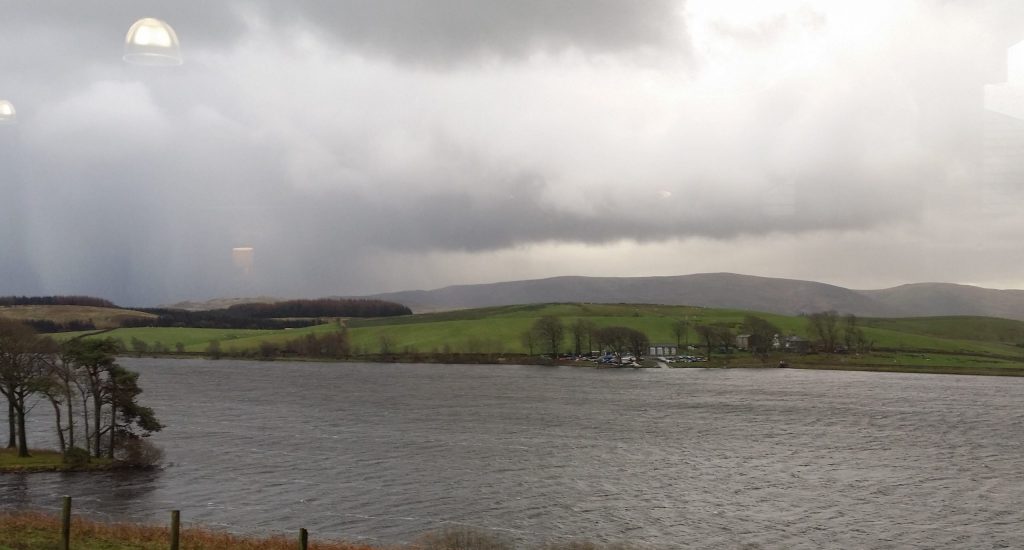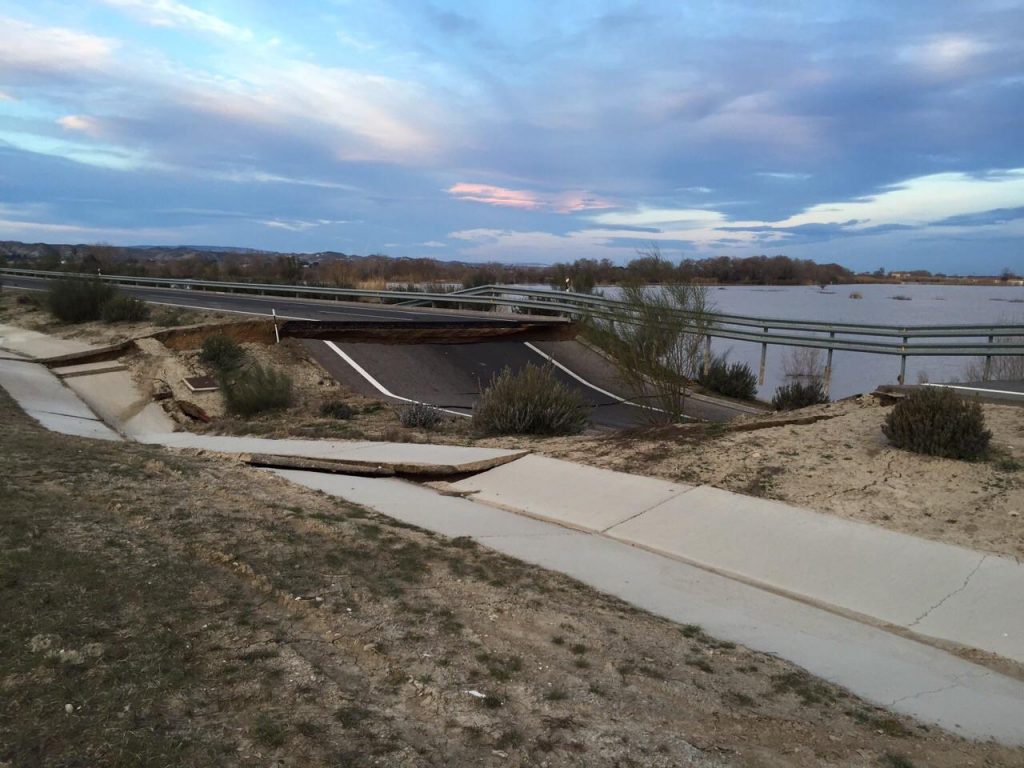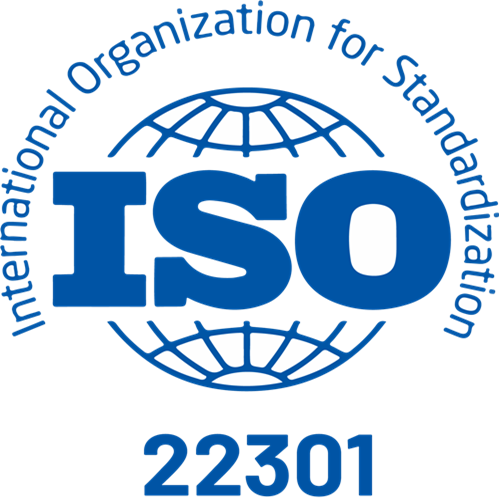The ISO 22301 standard guidelines “Business continuity management” might help businesses to increase their climate resilience.
Businesses certified with the ISO 22301 standard will count on a Risk Management Plan. This plan will help the business to deal with climate disruptive events, and the expected climate variability increase.
A business certified with ISO 22301 could show customers that they are well prepared to continue providing their products and services, even in the event of disruptive climate risky incidents.


For instance, businesses located in low land areas should be certified with ISO 22301.
Flooding is a major extreme weather event. It causes a lot of losses, according to insurance companies.
The flooding frequency and intensity might increase in the future, as well as the associated climate risks.

A climate risks ISO 22301 certification will increase the confidence of providers, clients, insurers and funding sources about business continuity, even in the case of a flooding or other climate disruptive event.
Several consultancies, such as BSI and others, offer climate risks ISO 22301 certification.
The certification comprises several steps or procedures. However, the impact analysis is the heart of ISO 22301.
It starts with the risk analysis, identifying past and eventual future disruptive events. The second step is the risk analysis itself. The analysis must estimate the impact of the identified risks on business performance.
This impact analysis is also the basis of the recovery strategy, plan development, testing and the final plan for managing risks.
Actually, ClimaRisk services do not comprise ISO 22301 certification. However, we do provide all the required certification elements: climate impact analyses, risk evaluation and recommendations of adaptation measures. This includes cost-benefit analyses.
Our climate impact analysis is similar to other recommend approaches. It comprises:
- Identifying the external or internal factors which significantly contribute to the business’ vulnerability regarding climate variability.
- Generating climate scenarios to estimate the climate impacts, according to the identified risks, based on downscaled climate models outputs, seasonal forecasts and weather generators.
- Estimating specific risks, based on simulations with validated models. We estimate the economic impact of such climate risks.
- Identifying adaptation solutions for the estimated climate impacts,. We simulate the effects of such adaptation measures, through the same models used for climate impact estimations.
- Assessing costs and benefits of these adaptation measures,. We compare those adaptation options with the cost-benefit of taking no action (business as usual).
This climate impact analysis, based on climate scenarios and modelling simulations, can be used for further certifications with ISO 22301.
The analysis itself is already an important step towards improving the business’s resilience to climate risks.

